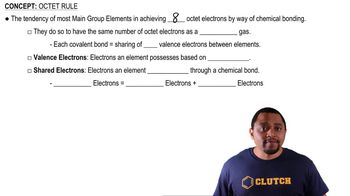Consider a Lewis structure for SO3 that satisfies the octet rule. Which of the following statements is or are true?
i. SO3 has three equivalent resonance structures.
ii. There are one shorter and two longer S—O bond lengths in SO3.
iii. The S atom in SO3 has a nonzero formal charge.




